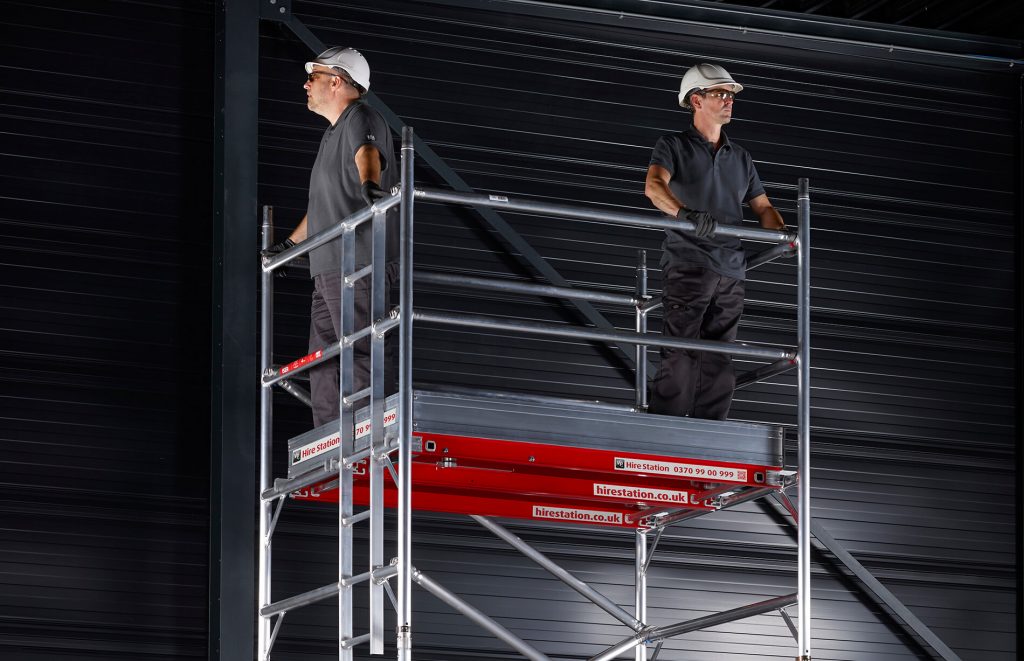- News & Articles
-
Products
Product Ranges
Product Categories
- Hire
- Buy
- About
- Resources
- After Sales Service
- Make an Enquiry

Over the past 40+ years of manufacturing and selling access towers, we’ve been asked a variety of questions. Below are a collection of our most frequently asked questions that we’ve tried to shed some light on.
An access tower, sometimes referred to as a scaffold tower, is an installation that allows users to be able to work safely at height. A typical example would be a tower with one or more platforms at varying heights.
The most common types of access tower are:
Each of these has their own set of unique traits, but the main differentiators are:
Size – depending on your reasons for needing an access tower, there will be a particular size that suits you best. Towers will come in varying heights and this will be reflected in their price.
Number of users – the most common structures are two or one-man access towers, and this will inform the size of the platform and area needed to operate the tower
Movability – Whilst towers are meant to stay static whilst you work, it’s possible to purchase or hire rolling access towers such as the MI TOWER. The advantage to these is that they’re easy to move and are especially useful for single users
Each manufacturer will have a different set of instructions on how to erect their particular access tower. However, there are two ways to approach the erection of an access tower safely. These are:
However as we’ve said, every manufacturer will have a specific set of instructions for their access towers. If you’d like an example of what this might look like, the erection guide for the MI TOWER can be found here.
Cost will always depend on whether you intend to hire or buy your access tower. Obviously a higher cost will be incurred for buying over hiring so we’d usually only recommend this to workers who are likely to use it in their day to day work or re-sellers.
In terms of hire costs, this will depend on the tower that you’d like to hire, and the period that you’d like this for.
For an accurate quote on hiring or buying an access tower, submit a product enquiry here.
The official regulations for working at height can be found in The Work at Height Regulations 2005.
The regulations are designed to protect users and minimise accidents whilst working at height and thus seek to ensure that:
You can view the full Work at Height Regulations here.
Generally speaking, the main components of an access tower are:
PASMA stands for the Prefabricated Access Suppliers and Manufacturers’ Association. This is a well established organisation seen as the authority for mobile access towers.
Maximum heights of mobile access towers will differ by tower type, you should refer to the manufacturer’s assembly guide for reference. As an example the maximum working height of our MI TOWER is 6 metres.
There’s no specific height set for requiring an access tower, but we’d recommend that you use your best judgement. Anything that is above ground level that’s going to require stability that a simple ladder can’t give is when we’d consider using an access tower.
PASMA have a select group of registered and approved training centres that are qualified to deliver the PASMA training syllabus. You can find your nearest training centre using their locator.